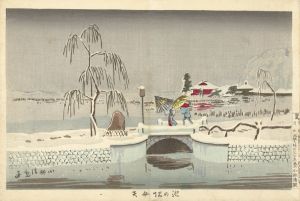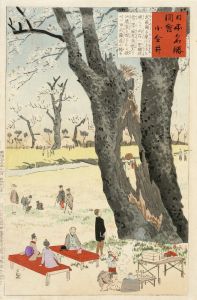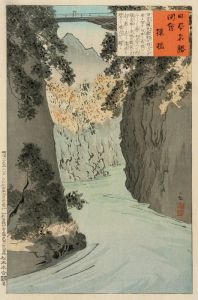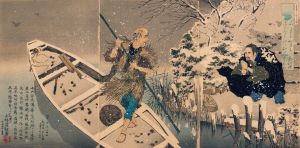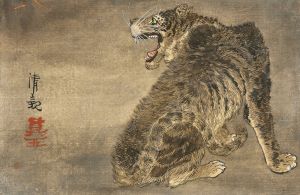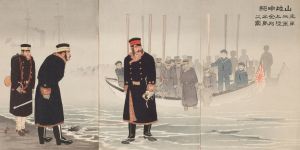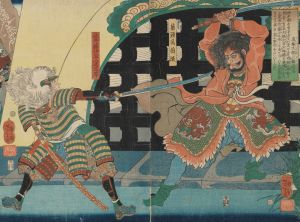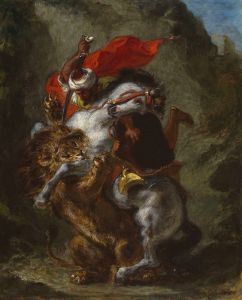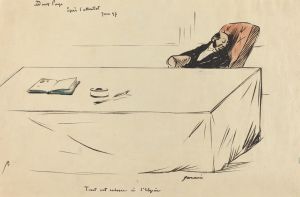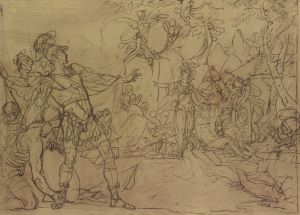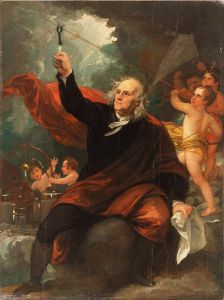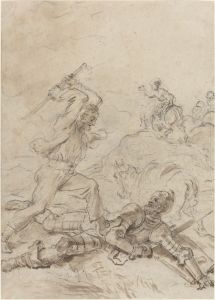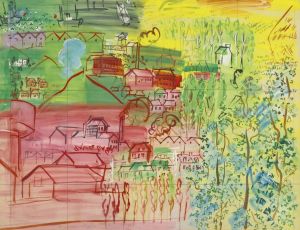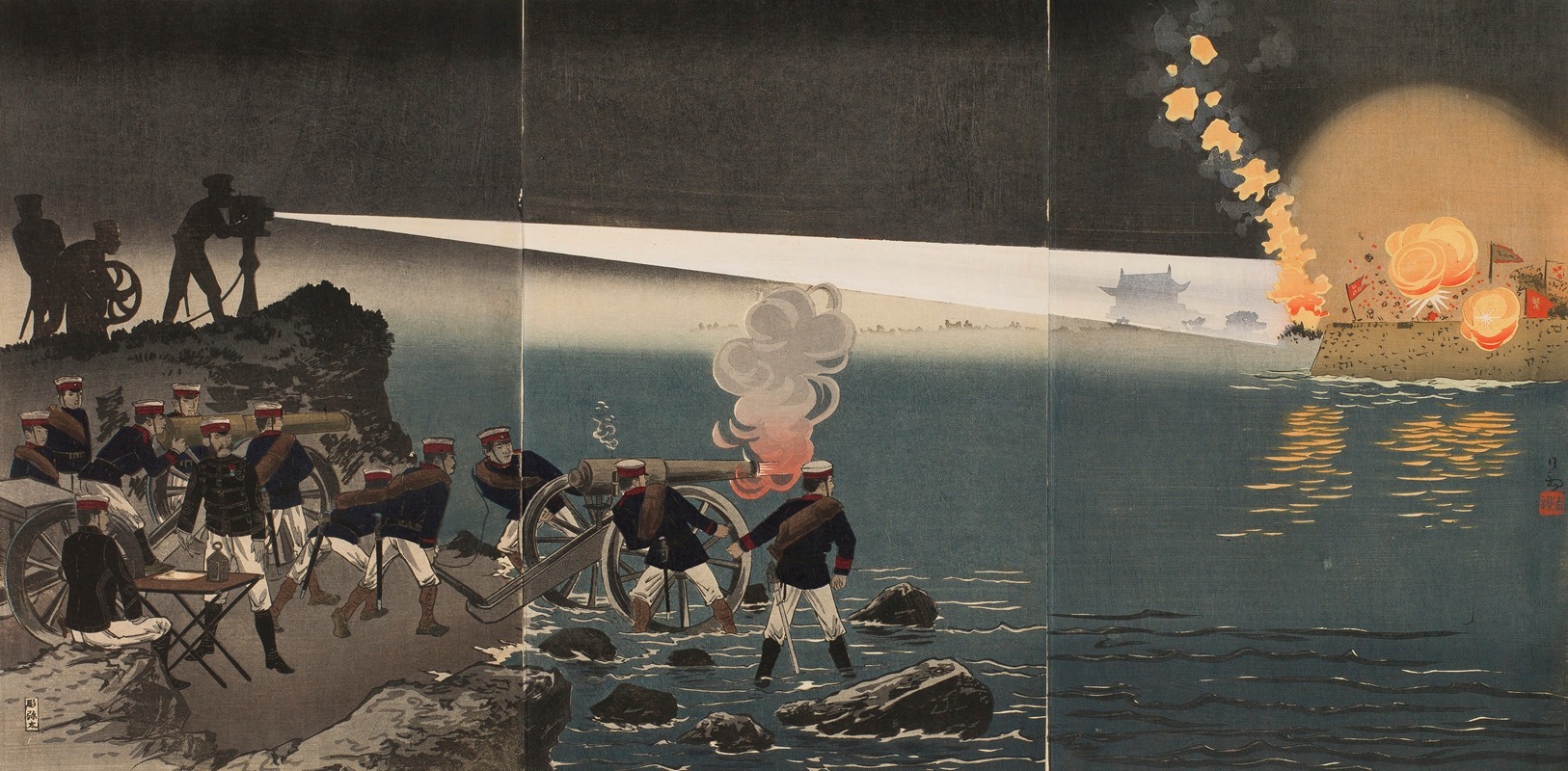
The Use of Electricity during the Attack on Pyeongyang
A hand-painted replica of Kobayashi Kiyochika’s masterpiece The Use of Electricity during the Attack on Pyeongyang, meticulously crafted by professional artists to capture the true essence of the original. Each piece is created with museum-quality canvas and rare mineral pigments, carefully painted by experienced artists with delicate brushstrokes and rich, layered colors to perfectly recreate the texture of the original artwork. Unlike machine-printed reproductions, this hand-painted version brings the painting to life, infused with the artist’s emotions and skill in every stroke. Whether for personal collection or home decoration, it instantly elevates the artistic atmosphere of any space.
Kobayashi Kiyochika's artwork, "The Use of Electricity during the Attack on Pyeongyang," is a woodblock print created during the First Sino-Japanese War (1894–1895). Kiyochika, a prominent Japanese artist known for his ukiyo-e prints, often depicted scenes of modernity and military conflict, blending traditional Japanese artistic techniques with contemporary themes. This particular piece is part of his series of war prints that documented Japan's military campaigns and technological advancements during the conflict.
The print illustrates a nighttime battle scene during the Japanese attack on Pyeongyang (modern-day Pyongyang, North Korea) in September 1894. The artwork highlights the use of electric searchlights by the Japanese military, a technological innovation at the time. The searchlights are depicted illuminating the battlefield, symbolizing Japan's modernization and its adoption of Western technology in warfare. This emphasis on electricity and modern technology reflects Kiyochika's interest in capturing the transformative impact of industrialization on Japanese society and its military.
Kiyochika's work is notable for its dramatic use of light and shadow, which is evident in this print. The contrast between the dark night sky and the bright beams of the searchlights creates a striking visual effect, emphasizing the technological prowess of the Japanese forces. The composition also conveys a sense of movement and urgency, characteristic of Kiyochika's war prints.
This artwork serves as both a historical document and a piece of propaganda. It was created to celebrate Japan's military successes and to promote national pride during the war. The depiction of advanced technology, such as electric searchlights, reinforced the narrative of Japan as a modern and powerful nation capable of competing with Western powers.
"The Use of Electricity during the Attack on Pyeongyang" is an example of how art was used to shape public perception and support for the war effort. It also reflects the broader cultural and technological changes occurring in Japan during the Meiji era (1868–1912), a period marked by rapid modernization and industrialization.
Today, Kobayashi Kiyochika's war prints, including this piece, are studied for their artistic merit and historical significance. They provide insight into the ways in which art intersected with technology, politics, and society in late 19th-century Japan.





